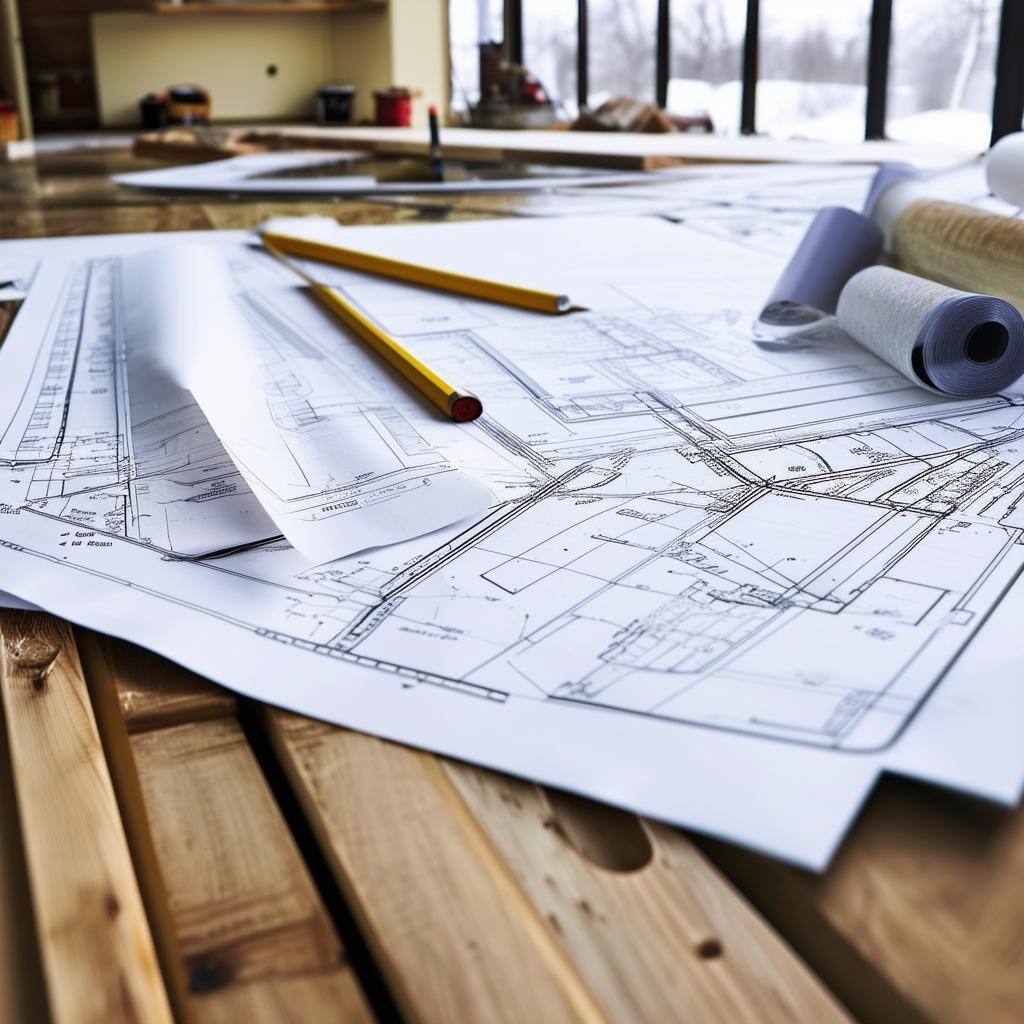Mastering Client Relationships in Design Sales

Discover essential strategies to build and maintain strong client relationships in the design sales process.
Effective Communication Techniques for Design Sales
Building strong client relationships starts with effective communication. Clear, concise, and empathetic communication helps establish trust and ensures that both parties are on the same page. One of the best practices is to set clear expectations from the beginning. This involves outlining the process, timelines, and what the client can expect at each stage.
Using questions to build trust is another critical technique. Asking open-ended questions like "What are your main concerns about this project?" or "How do you envision the final design?" encourages clients to share their thoughts and feelings, making them feel valued and understood. Remember, the goal is to listen more than you speak. By truly understanding your client's needs, you can tailor your approach to meet their unique requirements.
Understanding and Addressing Client Needs, Wants, and Wishes
A successful design sales process hinges on understanding the client's needs, wants, and wishes. Needs are the essentials that the project cannot proceed without. Wants are aspects the client is willing to invest more in, while wishes are additional features that would be nice to have but are not deal-breakers.
During the initial meetings, take time to dive deep into these three categories. Ask clients to prioritize their lists and discuss the implications of each item. This step not only helps in creating a more accurate and satisfying design but also in managing client expectations. When clients see that you have a thorough understanding of their vision, they are more likely to trust your expertise and judgment.
Presenting Designs that Resonate with Clients
When it comes to presenting designs, less is often more. Avoid overwhelming clients with too many options. Instead, focus on one or two designs that best meet their needs, wants, and wishes. Use the information gathered during your initial meetings to highlight how each design element addresses their specific concerns and desires.
For example, if a client wants a more spacious kitchen to accommodate family meals, emphasize how your design provides ample space for cooking and dining. Show them visual aids and walkthroughs to help them visualize the final result. The key is to make the presentation as engaging and relatable as possible, focusing on how the design will improve their daily lives.
Common Mistakes to Avoid in the Design Sales Process
One of the most common mistakes in the design sales process is failing to set clear expectations. Without a well-defined PALO (Purpose, Agenda, Logistics, Outcome), clients can feel lost and uncertain about the next steps. Always start meetings by outlining what will be discussed and what decisions need to be made.
Another mistake is not asking the right questions. Avoid questions that can be answered with a simple yes or no. Instead, use open-ended questions that encourage detailed responses and provide deeper insights into the client's preferences and concerns.
Lastly, never underestimate the power of emotional connection. Clients make decisions emotionally and justify them intellectually. By connecting with them on an emotional level, you can build a stronger, more trusting relationship that will ultimately lead to more successful projects.
By mastering these strategies, you can build and maintain strong client relationships that not only lead to successful projects but also to long-term partnerships. Remember, in the design sales process, understanding your client's needs, effective communication, and avoiding common pitfalls are key to success.


